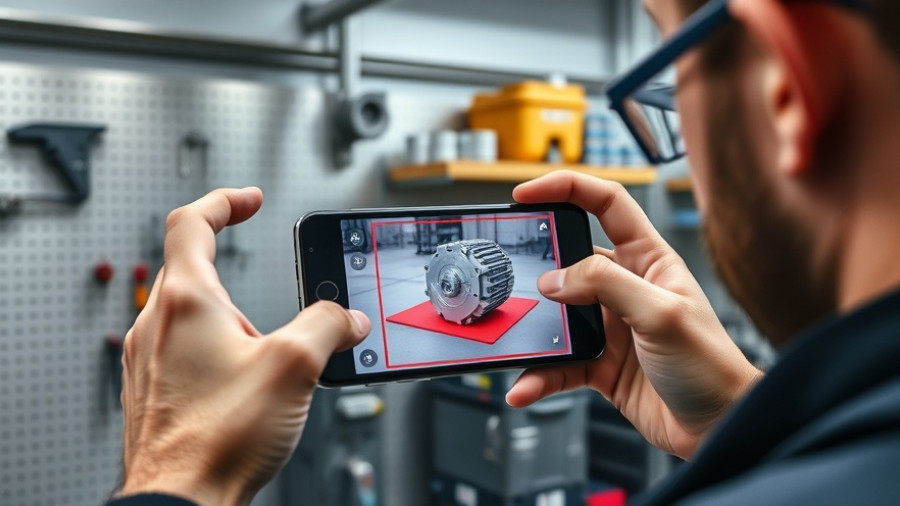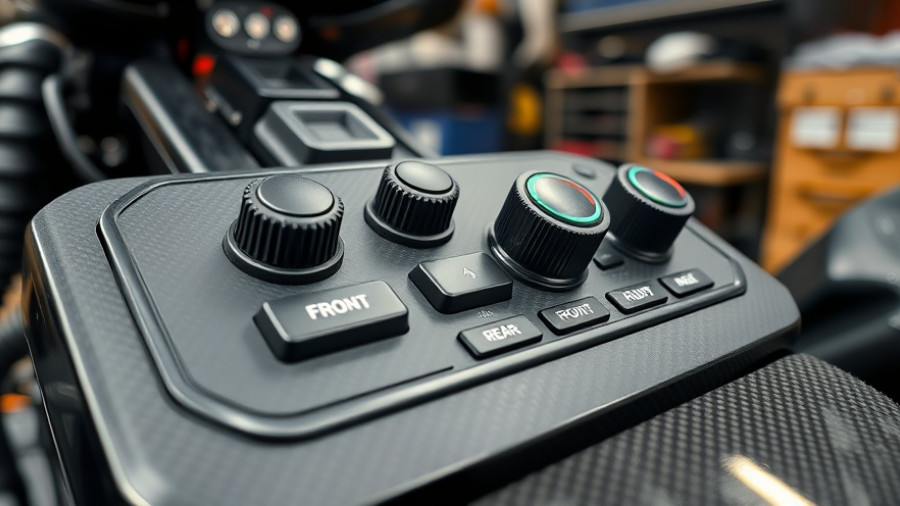
Transforming Car Part Fabrication: The Power of 3D Scanning
Are you tired of the traditional methods of measuring, cutting, and hoping your car parts fit? 3D scanning is revolutionizing the way automotive enthusiasts and professionals approach custom fabrication, eliminating the guesswork and significantly reducing the time spent on each project. This advanced technology enables users to seamlessly create detailed models of parts, leading to precision and efficiency that manual methods simply cannot match.
From Scan to Seamless Finish: A Step-by-Step Workflow
The process of creating a custom car part using 3D scanning begins with capturing the dimensions and shape of the original item. For instance, in the video tutorial by HP Academy, the initial scan is conducted using the Peel 3 scanner, which captures all necessary details. Once scanned, the design moves into CAD software, such as Fusion 360, where it’s meticulously modeled before being exported as a DXF file. This digital format is crucial for the next steps, including laser cutting and CNC folding, which are essential for achieving precise shapes that fit perfectly into your vehicle.
A Closer Look at Essential Techniques
Several techniques stand out in the 3D scanning process. Positioning targets play a critical role in ensuring accuracy, as they help the scanner identify where to focus. Additionally, it is important to maintain an optimal distance between the scanner and the surface being scanned; many beginners often overlook this detail, which can lead to distorted measurements. By sharing these tips, Brandon, the instructor in the video, provides invaluable insights that help users avoid common pitfalls.
The Benefits of 3D Scanning for Car Lovers
Adopting 3D scanning in your automotive projects not only enhances the DIY experience but also opens the door to innovations. As technology advances, the potential for customization in high-performance parts continues to grow. The ability to create unique designs tailored to individual specifications is a game-changer for car enthusiasts and professionals alike.
What’s Next for 3D Technology in Automotive?
As more people recognize the value of 3D scanning in automaking, we can expect a greater influx of tools and techniques designed to simplify this process further. The future of automotive fabrication is bright, with predictions suggesting an increase in customizable options and a shift towards more sustainable practices. Whether you’re building a restomod vehicle or looking to enhance performance with high-performance parts, the evolving landscape of 3D technology will undoubtedly play a significant role in shaping your automotive journey.
 Add Row
Add Row  Add
Add 




Write A Comment